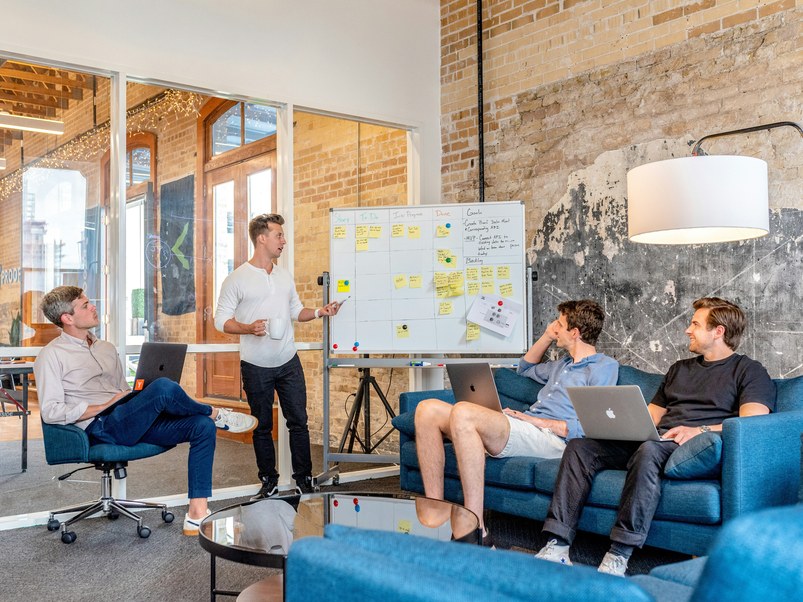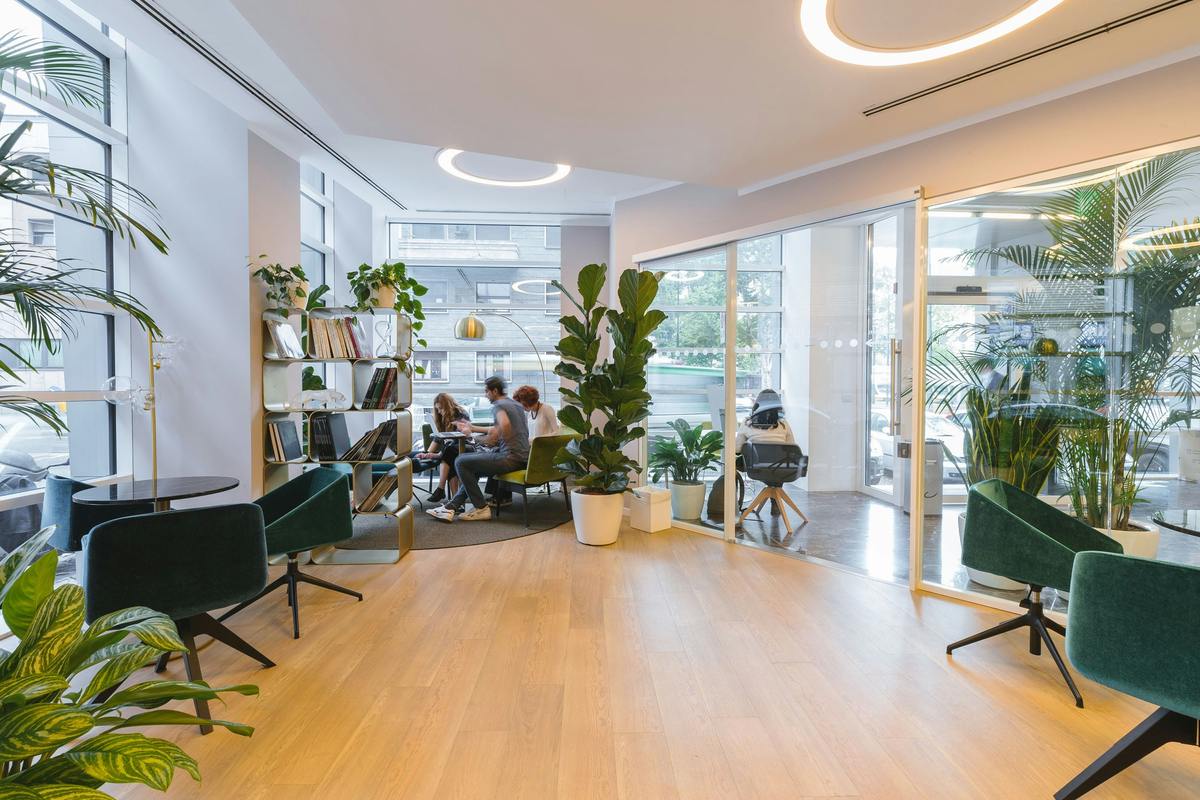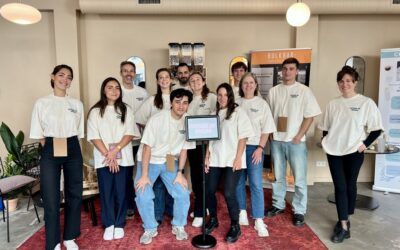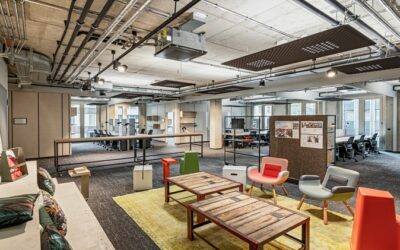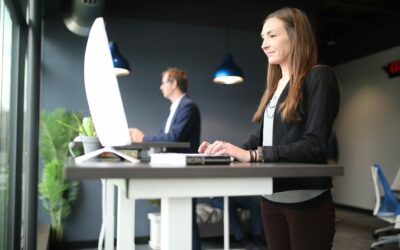The question of returning to the office remains a hot topic in 2025. While remote work has become a lasting habit, return to office (RTO) policies are making a strong comeback. Between executive pressure, employee expectations, and performance goals, the discussion touches on the very essence of what makes a modern workplace attractive, sustainable, and engaging.
A clear trend, though not uniform
Since the pandemic, most companies have experimented with various hybrid work strategies. In 2025, one trend stands out: in-person work is gaining ground. Some companies, especially in tech and finance, now require three or four days in the office. Others opt for flexibility and let teams decide.
According to McKinsey, it’s not so much the model that matters, but how it’s implemented. A rigid RTO policy can damage employee engagement, while a well-structured hybrid setup can strengthen cohesion and motivation.
Why are companies pushing for a return to office?
Several reasons explain the renewed focus on physical office presence:
– Reinforcing company culture, which is harder to sustain remotely
– Encouraging informal collaboration and spontaneous creativity
– Supporting the onboarding of new hires
– Improving communication and decision-making flow
However, for these benefits to be realized, the office must meet the real needs of employees.
What employees want in 2025
Workers are not fundamentally opposed to returning to the office. But they expect modern, human-centered working conditions aligned with their everyday lives. Key elements that define a quality work environment today include:
– Flexible working hours
– A well-designed physical space with natural light, good acoustics, and areas for focus and rest
– Reliable digital tools
– Access to quality food and snacks throughout the day
– Real attention to well-being and work-life balance
In this context, some companies are reinvesting in the small details that make a difference: quality coffee, in-office libraries, wellness activities, as well as offering healthy, eco-conscious snacks to support daily energy and focus.
Quality of life at work: a strategic priority
The French concept of QVCT (Quality of Life and Working Conditions) is now part of legal obligations for many companies. It goes far beyond one-off wellness initiatives and is becoming a core element of HR strategy.
Quality of life at work covers:
– Workspace design and comfort
– Proximity-based, supportive management
– Prevention of psychosocial risks
– Mental health awareness and care
– On-site resources and services
Through these pillars, companies demonstrate that they genuinely care for their people. This has a direct impact on motivation, retention, and productivity.
The challenge: making the office a place people want to be
In 2025, the office can no longer be just a functional space. It needs to offer a positive experience — a place people want to go, not just have to go. That means reimagining how office space is used:
– Creating modular spaces adapted to different tasks and rhythms
– Offering quiet zones and informal meeting areas
– Providing light food options and healthy workplace snacks
– Embedding eco-conscious choices into the workday
The most successful RTO efforts come from companies that treat the office as a human-centered ecosystem built for connection, flexibility, and meaning.
What’s next for RTO policies?
The next step won’t be a full return to old habits, but a deeper redefinition of what makes a workplace desirable. The focus will shift from counting office days to creating value in presence.
That means making concrete decisions about workspace design, wellness services, leadership style, and above all, listening to what employees expect, especially regarding health, autonomy, and purpose at work.
RTO as an opportunity for transformation
Return to Office isn’t just a top-down directive. It’s a chance to reshape the workplace for the better. It’s an opportunity to build a more balanced, human, and motivating environment.
Well-thought-out initiatives, like rethinking how space is used, improving natural light, offering truly restorative breaks, or providing tools that support employee well-being, can make all the difference.
Published on 17/09/2025
